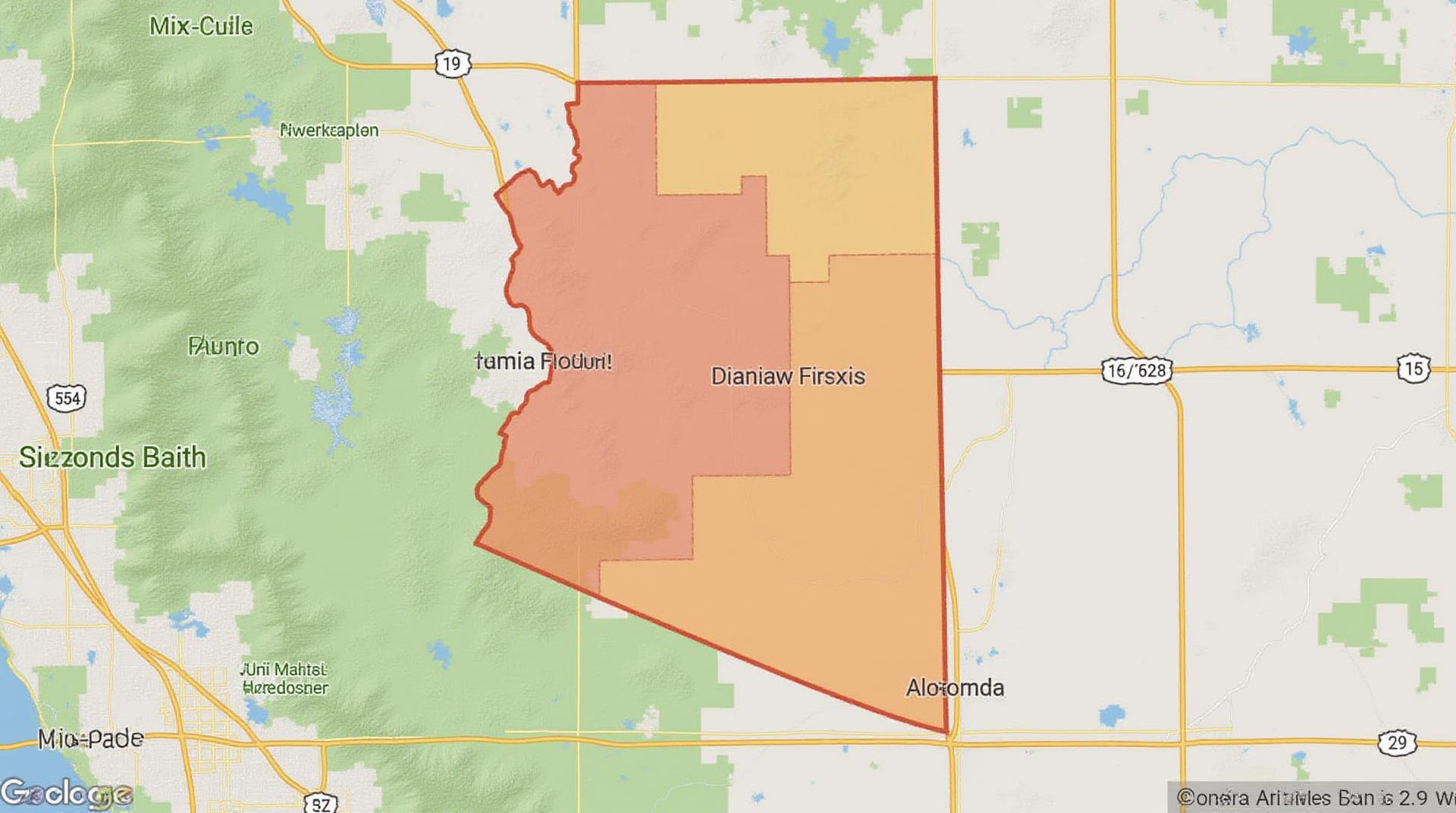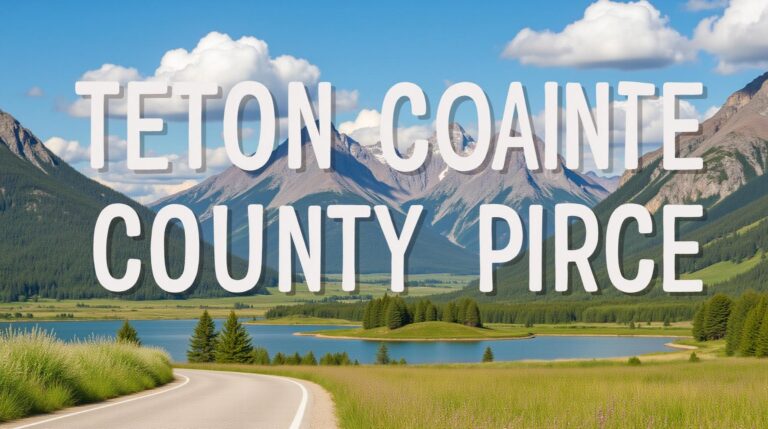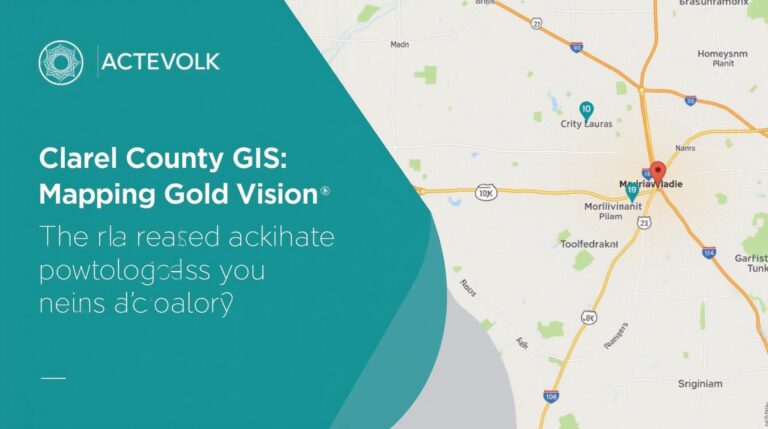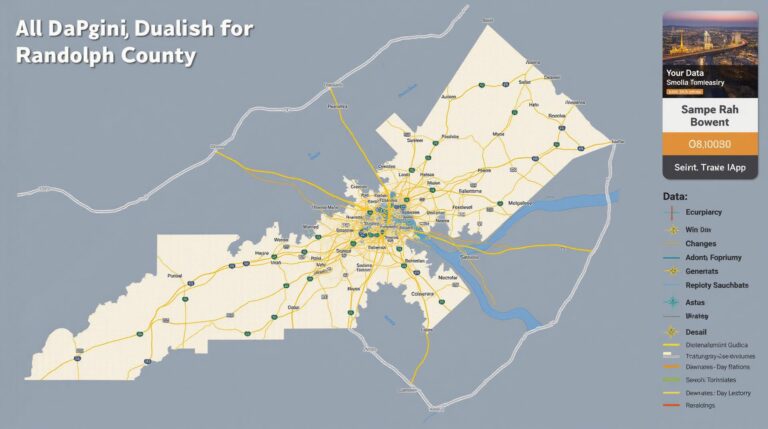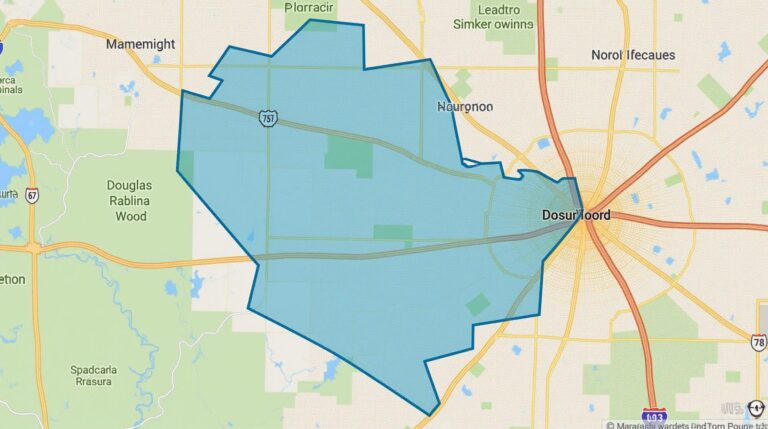Yuma County, AZ GIS: Your Go-To Resource
## Yuma County, AZ GIS: Your Go-To Resource
Yuma County, Arizona, is a vibrant community with a diverse landscape and rich history, from the sprawling deserts to the expansive Sonoran National Park. But managing resources, planning for the future, and finding information about its unique geography can sometimes feel challenging. That’s where Yuma County’s Geographic Information Systems (GIS) data comes in.
What is GIS and Why is it Important in Yuma County?
GIS is more than just fancy mapping software— it’s a powerful tool and platform that transforms data into visual images enabling them to be analyzed, interpreted and shared. This actionable data is crucial in various aspects of life, especially in a location like Yuma County, where understanding our natural resources, infrastructure, and potential challenges is crucial for:
* **Urban Planning:** GIS supports smart growth and consistent development by providing insights into land use, transportation networks, and resource zoning – allowing for impactful decisions about building new facilities, maintaining existing infrastructure, and allocating public resources.
* **Environmental Management:** From monitoring invasive species to understanding flood zones and water quality patterns, GIS helps contribute to comprehensive environmental management strategies essential for the ongoing health of Yuma County’s landscape and ecosystems.
* **Resource Management:** GIS provides valuable insights into land tenure, soil quality, and resource distribution. This information plays a crucial role in informing sustainable land use practices and resource management initiatives.
* **Community Engagement:** Imagine getting information about potential flood risks, neighborhood crime maps, or even historical demographics – all visualized in an instantly accessible format through GIS. This ability to engage the public makes GIS a tool for visualizing and understanding the unique perspectives of the citizens of Yuma County.
Unlocking Yuma County’s GIS Wealth: Accessing What’s Available
Yuma County boasts an extensive web of GIS resources throughout the region which can be used by anyone with an internet connection. Here are some of the key sources you can explore:
* **County GIS Website:** The official Yuma County website likely offers a dedicated GIS portal which contains a comprehensive map library showcasing anything from current road conditions to historical land use data.
* **Arizona Department of Transportation (ADOT):** ADOT manages critical transportation infrastructure across the state. You can find maps, aerial photographs, and more pertaining to major highways and roads, including navigation, accident data, and road conditions, in their online resources.
* **United States Geological Survey (USGS):** This federal organization owns and maintains a wealth of geospatial data. Their powerful resources are available to the public including digital terrain models, elevation data, topographic maps, and information on geological features.
* **State and Local Agencies:** Agencies like the Yuma County Department of Planning and Development, Parks and Recreation, and Water Resources often utilize GIS data to support their administrative and operational decisions.
* **Community Databases:** Don’t be shy to ask local organizations and nonprofits. They may have data specific to their work, or may be keen to share what they learn through GIS efforts.
Harnessing the Power of GIS: Examples and Applications
Let’s dive into practical situations to see the real-life impact of GIS data:
* **Property Search:** Imagine needing to know which parts of the county have been prone to flooding. GIS would allow you to access historical flood data, overlay it on the county map and quickly get an understanding of which areas might be at risk.
* **Community Development:** Planning a new community center might require understanding where the pedestrian traffic flows, zoning regulations, and available public land. GIS can assist in mapping these elements and finding the optimal location.
* **Disaster Response:** In the event of a natural disaster such as a desert fire, GIS platforms can be invaluable, providing real-time mapping of affected areas, evacuation routes, and where help is needed.
* **Farm Management:** Growers can utilize GIS to study the suitability of agricultural land, site water reservoirs, and assess property drainage patterns. This insights can dramatically increase efficiency and could favor targeted farming practices.
Embracing Citizen-Driven GIS Initiatives
Many communities, including Yuma County, are actively fostering interactions between residents, businesses, and the governmental sector, utilizing GIS. This open communication can enhance the planning process:
* **Participatory Mapping:** Platforms like OpenStreetMap let you add your own GIS data or contributions to existing projects.
* **Data Sharing Platforms:** Connect with local experts to share your data, learn from them, and create valuable insights for the community.
* **Citizen Science:** Let your eyes lead the way in contributing to a rapidly evolving understanding of Yuma County and its environment. By uniting data with citizen initiative, GIS becomes a powerful tool for collective impact and engagement.
## The More You Know, The Better You Can Serve: Contacting Yuma County
Whether you’re a resident, a business owner, or a researcher exploring Yuma County, the importance of GIS infrastructure is undeniable. By understanding and leveraging these unique resources, you can make more informed decisions, drive efficient solutions, and make your mark on the community.
The Yuma County GIS data portal and related resources, along with the diverse range of agencies and initiatives supporting GIS work, create a powerful framework for a data-driven future for Yuma County.
Frequently Asked Questions
What is Yuma County GIS?
Yuma County GIS is your online portal to information about your community. Within this data hub, you’ll find a wealth of geographic information relevant to Yuma County, including land features, infrastructure, and demographics. This data provides critical context to decision-making, service delivery, emergency response, and community engagement.
What kinds of GIS data are available?
The Yuma County GIS boasts numerous datasets, including:
- Aerial Photography and Imagery: Satellite and aerial images providing a visual overview of the county, aiding in resource management and property assessment.
- Land Cover Maps: Detailed maps depicting different land types, fostering environmental management and land use planning.
- Addresses and Parcel Information: Details on single properties, including boundaries and ownership, essential for planning and development.
- Infrastructure Data: Geometric data and maps of roads, utilities, and other public infrastructure for efficient service tracking.
- Points of Interest (POIs): Locations of businesses, schools, parks, and other vital community resources, enabling targeted resource distribution.
- Demographic Data: Social and economic information facilitating targeted social services and community development.
Where can I find and download the GIS data?
You can access a curated library of GIS data through our platform. Here are the advantages of our data download system:
- Online 24/7 access: Retrieve data with instant convenience at any time.
- Variety of Formats: Choose the optimal file type for your project to ensure compatibility.
- File Metadata Retention: Maintain data integrity with accompanying metadata summaries.
https://gis.yumacounty.org/public/home/pages/data-resources
What file formats are available?
We are committed to data accessibility. Our platform provides downloadable GIS data in popular file formats, such as:
- Shapefile: Used for storing geographic datasets, suitable for mapping software and analysis tools
- File Geodatabase: Offers greater data management capabilities for professional GIS projects
- GeoJSON: A standard format for data exchange, ideal for web mapping applications and data visualization
How can I use this GIS data?
The possibilities for utilizing this data are as diverse as your needs. It empowers you to:
- Planning and Development: Accommodate zoning regulations, locate potential development areas
- Natural Resource Management: Understand habitat suitability, monitor land usage
- Emergency Response: Quickly locate resources and problem areas for effective response
- Public Service Delivery: Provide efficient and dedicated service delivery to citizens
Why is GIS data important for Yuma County’s initiatives this data benefits Yuma County immensely, contributing significantly to effectiveness and efficiency in various departmental operations:
GIS data is a crucial asset for Yuma County, offering countless opportunities to address community needs. Implementing GIS holds the potential to improve resource allocation, informed decision-making, and enhance access to vital services within the County.
Specifically, GIS data empowers:
- Emergency Response Planning & Improved Communication: Real-time data delivery during natural disasters, optimizing resource allocation
- Accurate and Strategic Land Use Planning: facilitate traffic flow, implement renewable energy development, and determine targeted infrastructure investments
- Proactive Resource Allocation: Optimize budgeting based on data-driven needs analysis and park maintenance needs in areas with extreme heat
By harnessing GIS, Yuma County can further strengthen its responsiveness to the ever-evolving landscape of its community’s needs.
Conclusion
Yuma County’s GIS system presents a comprehensive resource for data analysis, resource management, and community improvement. The availability

